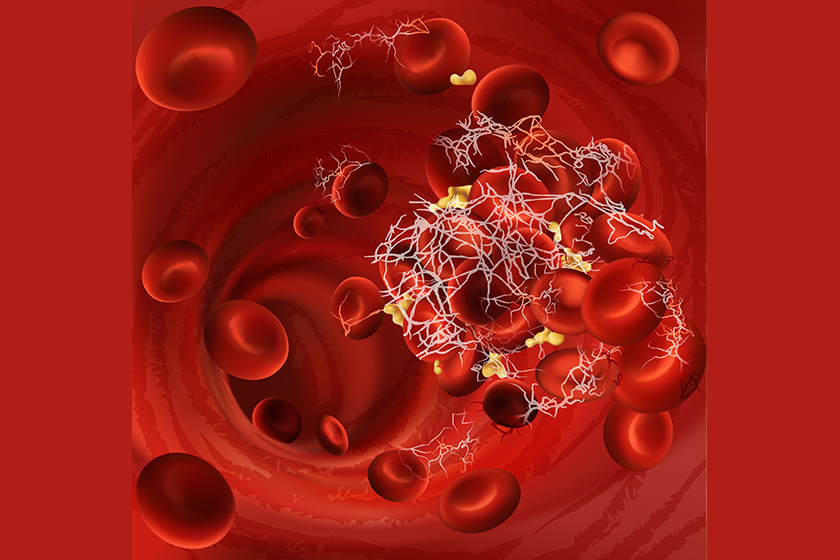As individuals age, the risk of developing blood clots increases, posing significant health concerns. Blood clots in seniors can lead to life-threatening conditions such as deep vein thrombosis (DVT) and pulmonary embolism (PE). Understanding the dangers associated with blood clots in your loved ones is vital for maintaining their health and preventing complications.
What Are Blood Clots?
Blood clots form when blood thickens and sticks together, creating a gel-like mass. While blood clotting is necessary to prevent excessive bleeding, abnormal clots can form in veins or arteries. When these clots occur, they can obstruct normal blood flow, leading to severe health problems.
Types of Dangerous Blood Clots
Two types of blood clots pose significant risks to older adults, namely deep vein thrombosis (DVT) and pulmonary embolism (PE).
- Deep Vein Thrombosis (DVT) occurs when a clot forms in the deep veins, typically in the legs. This condition often leads to swelling, pain and redness in the affected area.
- Pulmonary Embolism (PE) happens when a blood clot travels to the lungs, blocking blood flow and causing shortness of breath, chest pain and even sudden death if not treated quickly.
Recognizing Symptoms of Blood Clots
Blood clots can develop silently, making them difficult to detect until they cause serious health issues. For DVT, watch for swelling, warmth or tenderness in the leg. With PE, signs may include difficulty breathing, rapid heart rate or coughing up blood. Knowing these symptoms can help you seek timely medical attention for your family member.
Risk Factors for Blood Clots
Certain factors increase the likelihood of blood clots in older adults. Prolonged immobility, such as after surgery or during long trips, can contribute to clot formation. Other risk factors include obesity, smoking and certain medical conditions like heart disease or cancer. It is important to consider these risks when caring for an elderly family member.
Diagnosing and Treating Blood Clots
If a blood clot is suspected, immediate medical evaluation is necessary to prevent serious complications. Doctors typically perform diagnostic imaging tests such as ultrasound, CT scans or MRI to confirm the presence and location of the clot. Blood tests may also be used to assess clotting factors, helping to guide treatment decisions.
Treatment varies depending on the severity and location of the clot. Blood thinners are commonly prescribed to prevent further clot formation, while clot-dissolving medications may be used in more acute cases. In some instances, surgical intervention or catheter-directed therapies are needed to remove or break down large clots, restoring normal blood flow.
Preventing Blood Clots in Older Adults
There are several ways you can help prevent blood clots in your loved ones. Encouraging regular movement, even small daily activities like walking around the house, can reduce the risk of clots forming. Maintaining a healthy weight, staying hydrated and avoiding smoking also play important roles in prevention. For individuals at higher risk, doctors may recommend medications to manage clotting.
Managing Blood Clot Risks for a Healthier Future
Blood clots pose serious threats to older adults’ health, but with awareness and early action, you can protect your loved ones. Knowing the symptoms, risk factors and preventive measures will help you manage these risks effectively. If you suspect a clot, seek medical attention immediately to safeguard your health and well-being.







